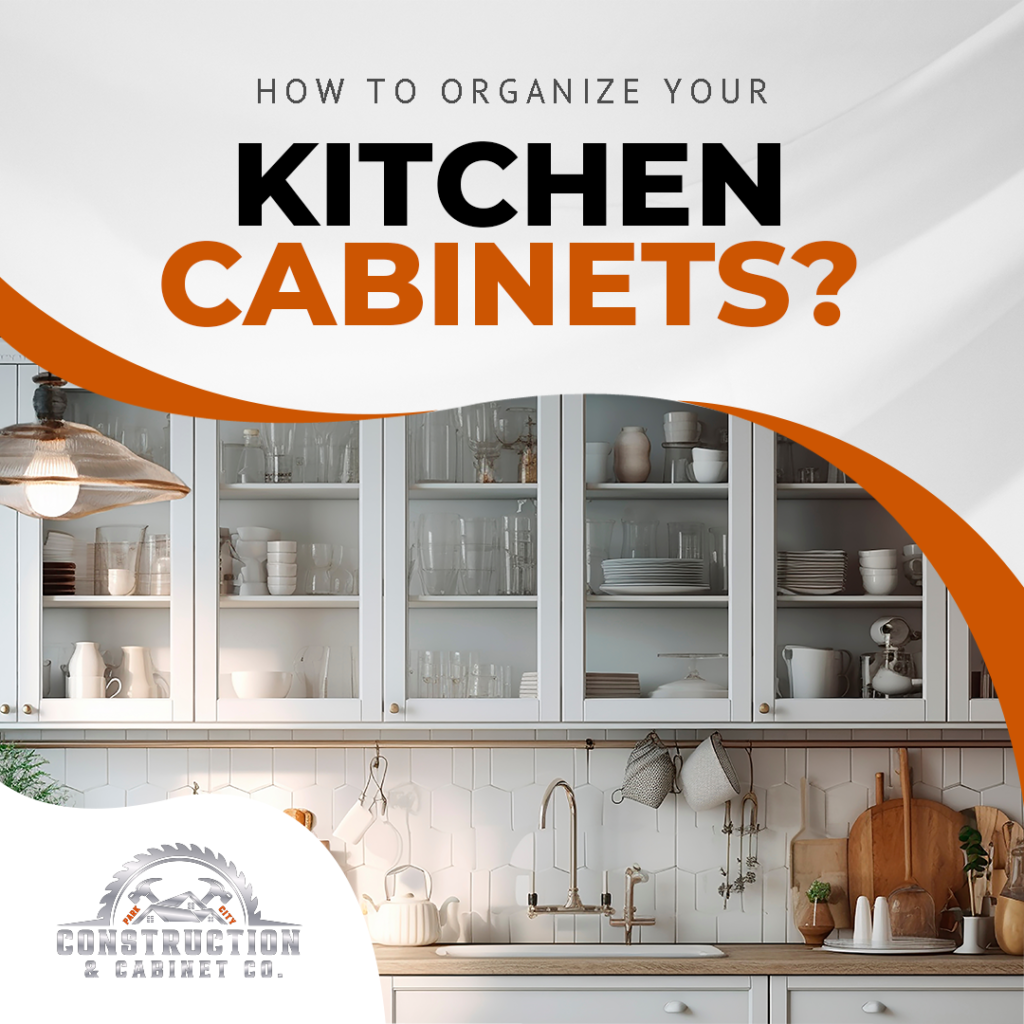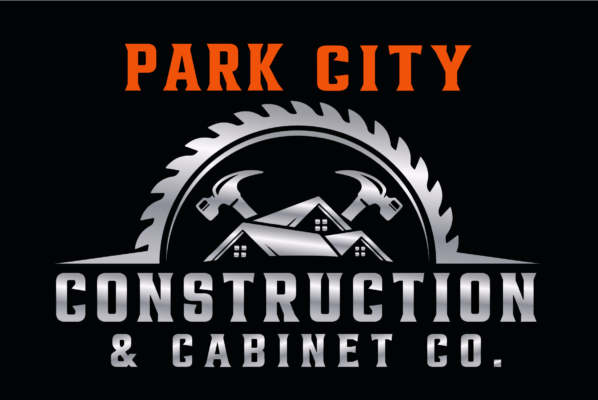February 27, 2024
How to Organize Your Kitchen Cabinets

A well-organized kitchen is a joy to cook in. Each cabinet should offer an intuitive selection of dishes, spices, and ingredients exactly within arm’s reach when you need them. Of course, a truly excellent kitchen organization doesn’t happen on its own. Most people have experienced the puzzle of what to put in each cabinet and, even more challenging, how to arrange everything for optimal visibility and quick access. Not everyone is a natural organization genius, and cluttered kitchen cabinets are the norm.
If you want to have joy in cooking in a truly well-organized kitchen, what you need is a plan. We’re here to offer a few clever tips and tricks to help you reorganize your kitchen cabinets so that everything is visible and at hand exactly when and where you need it.
Assessing Your Needs
Start by assessing how you cook and what you want within reach. Where do you naturally reach for spices when you’re at the stove? Where can you easily store dishes between the sink and dishwasher?
Evaluate your kitchen space and how you flow through it when you are cooking. In every cabinet design, there are ideal places for your pots and pans, silverware and utensils, and your ingredients and spices.
Take time to identify problem areas where your cabinets are less than convenient. Perhaps the cabinet is too deep, too high, or opens in the wrong direction. Or your organization is simply cluttered and hard to navigate when you’re mid-recipe.
Lastly, identify your storage priorities. Determine what you want closest at hand and what can be safely placed a little further away on the lowest and highest shelves.
Decluttering Your Cabinets
Decluttering is a must. Before you can organize, you must first clear the space. It can help to remove everything from each cabinet, one cabinet at a time. Use your countertop or, even better, your island and kitchen table. Start sorting things as they come out of the cabinet using things like cookie sheets to demark different groups of smaller items.
Now is a great time to determine what is unused and unnecessary in your cabinets. Go through the usual decluttering process of deciding what to keep, what to donate, and what to discard. Check expiration dates and be honest with yourself about ingredients, cookware, and even appliances that you are simply never going to use.
Planning Your Cabinet Layout
Now that your cabinets are clear, wipe them out (always a good idea) and make plans for your new organization system.
Establish cabinet zones based on your kitchen flow. Determine what is within easy reach and what you will want most in different sections of your kitchen. This will inform what category of items will go onto each specific shelf.
Consider both accessibility and frequency of use. Less-used items can go on upper and lower shelves, or be pushed to the back, where they are not as easy to reach but make good use of all your space.
It is also a great idea to get organizers, racks, risers, and hooks to use all your vertical and horizontal space effectively. Many cabinet shelf areas are bigger than is useful unless you use vertical space and dividers to better organize each zone.
Choosing Organizational Tools and Containers
Organizational tools are racks and risers, among many other things. Tools and containers can help you make the most of your cabinet space and help to keep the clutter at bay.
- Risers: lift up short items toward the back of a deep shelf so that you can see and reach everything.
- Lazy Susan: a circular spinning rack that brings items from the back to the front easily in a round.
- Hooks and Floating Shelves: Use the back of each cabinet door for extra storage
- Racks: Store things like cutting boards and cookie sheets vertically for easy and efficient access.
- Dividers: Separate different types of items to control the clutter
- Containers: Swap out store packages for canisters and boxes. This increases shelf life, appearance, and organization in one technique.
Implementing a Systematic Approach
Get systematic about your kitchen organization. Develop a logical system for arranging items in your cabinet. This is logic you can apply every time you unpack the groceries or put away dishes. A good logical system is not just consistent, it can also be intuitive so that guests can just as easily guess where to find a drinking glass or snacks in your kitchen.
Group similar items together for easy access and clearly arrange things so you always know what you are looking at. You can also go wild making hand-drawn or printed labels to help maintain your organization system. Labels can make a big difference, especially for naturally disorganized chefs and kitchens where the whole family puts things away.
Practical Tips for Maintenance
Of course, once you have beautifully organized kitchen cabinets, the challenge is keeping them that way.
Start by incorporating daily habits to keep your cabinets organized. Routinely put things back exactly where they go inside dividers, on riser shelves, and next to their label.
You can also schedule periodic decluttering and reorganization sessions. This can help you line everything back up neatly, take stray items back where they belong, and purge anything that you won’t use to keep the creeping clutter under control.
Most importantly, remember that you can always adapt your system as your needs change over time. If you like to mix up your grocery shopping or develop a new style of cooking, a little reorganization can keep your cooking experience convenient and neat.
Transform Your Cabinets into an Organized Dream
Organizing your kitchen cabinets takes about one dedicated afternoon of tough but satisfying work. It can be fun to empty and clean all your cabinets and then re-imagine your organizational system. Each time, you will learn more about how to facilitate your perfect cooking experience, and you will gain skills in kitchen cabinet organization.
Now, this weekend, or whenever you have a spare afternoon, is a great time to take action and transform your kitchen space. You can explore more tips and resources from Park City Cabinetry on our website or contact us for a cabinet consultation.

Leave a Reply